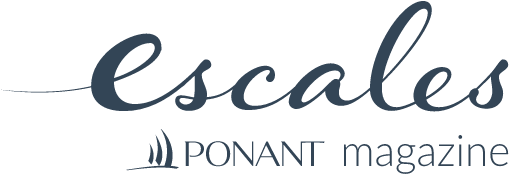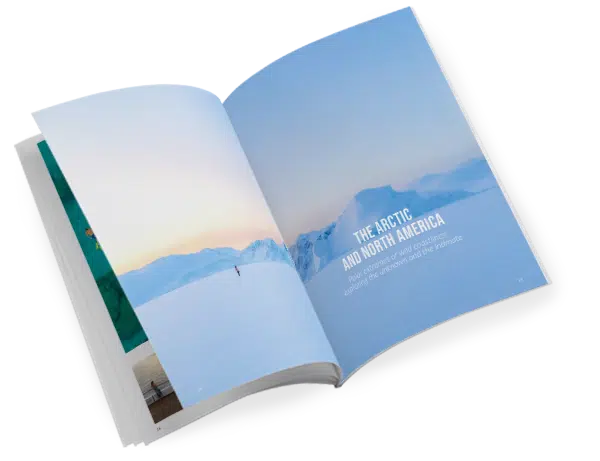“PONANT EXPLORATIONS is an incredible team of people who have invested so much in the name of science. When you find a group like this, you want to stick with them.”
– Dr. Ulyana Horodyskyj Peña, renowned glaciologist, Explorers Club member and onboard scientist
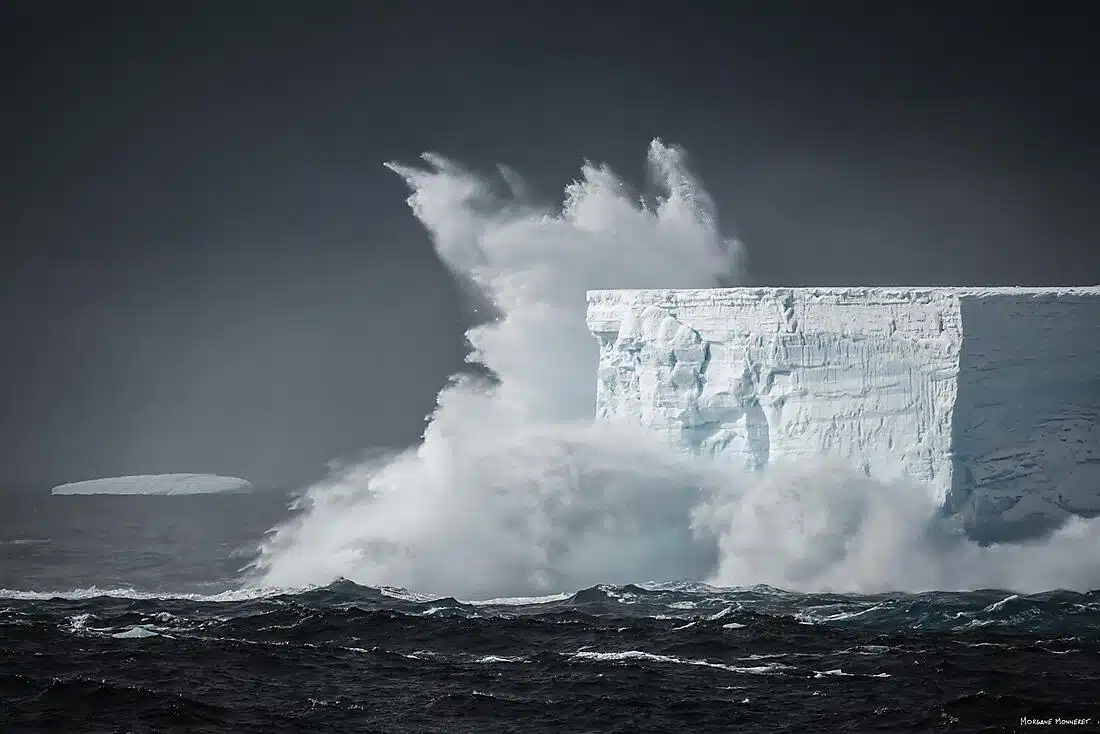
That’s why, as part of our alliance with The Explorers Club, we’re proud to work with scientists like Dr. Ulyana Horodyskyj Peña. A glaciologist, educator, and Explorers Club member and Science Grantee, Ulyana embodies the kind of curiosity and conscience that align with PONANT EXPLORATIONS’ mission. Her research into atmospheric pollutants like black carbon and microplastics bring the urgent climate issues facing the planet to the foreground. Further, it informs the ways in which responsible travel – like that made possible by PONANT EXPLORATIONS’ low-emission, hybrid-powered vessels – can be part of the solution.
We sat down once again with Dr. Horodyskyj Peña after her return from our Unexplored Antarctica expedition on board Le Commandant Charcot and ahead of her upcoming journey across the Arctic. Our talk ranged from what she’s learning and what she’s teaching to why she believes PONANT EXPLORATIONS is shaping a new frontier in polar science.
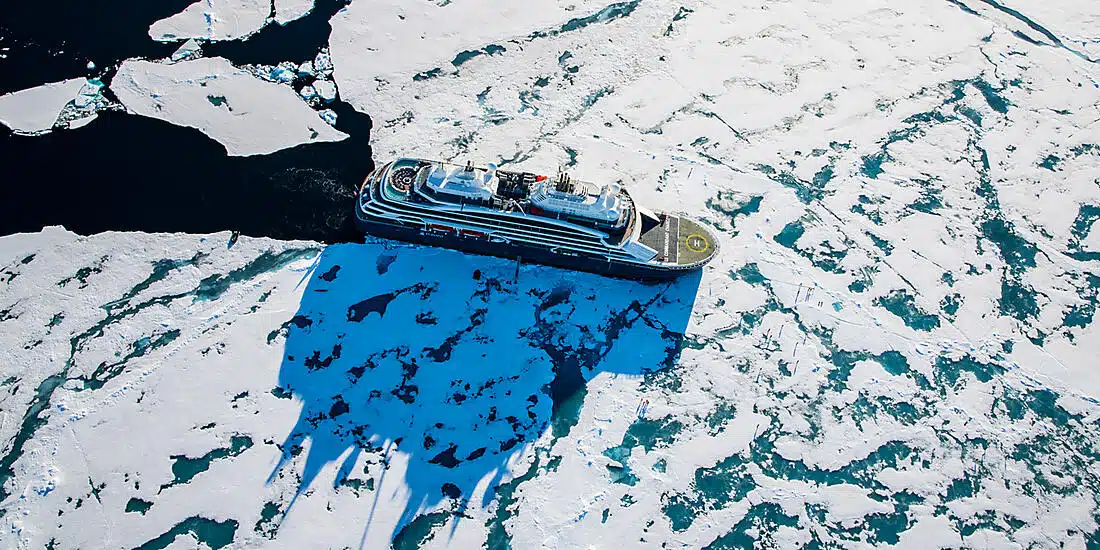
You recently returned from PONANT EXPLORATIONS’ Unexplored Antarctica expedition. What stood out to you about that experience – both scientifically and personally?
It was an incredible opportunity to explore a part of the Antarctic Peninsula I hadn’t been to before. Scientifically, I was conducting research on light-absorbing particles, or LAPs – things like black carbon or soot that travel through the atmosphere and settle on polar ice. They’re tiny, invisible to the naked eye, but they can have a massive impact by darkening the surface and accelerating melting.
One particularly powerful moment was when I had my air sensor out and everything looked stable. Then a military ship passed by and there was this immediate spike in particulate levels. It’s a stark reminder of how human activity reaches even these remote regions. It also underscored how different things are with PONANT EXPLORATIONS. Le Commandant Charcot runs on a hybrid engine system and has dramatically reduced emissions. That difference matters to the environment, but it also minimizes intrusive readings from our own ship.
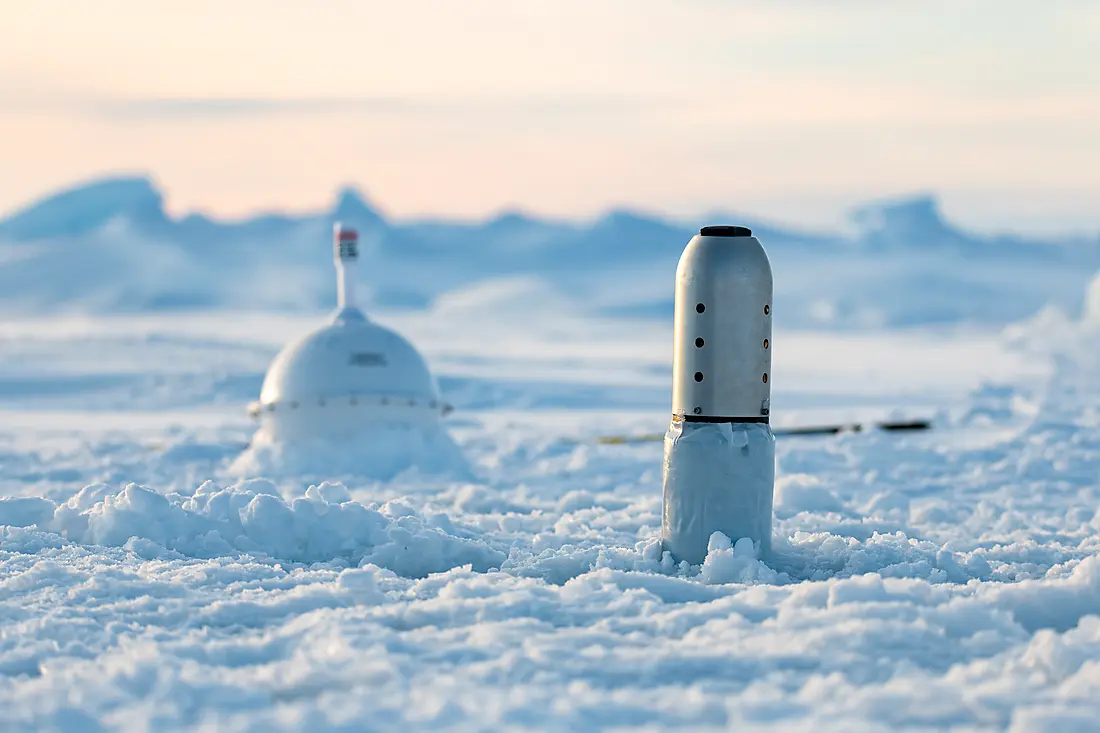
What did you take away from observing PONANT EXPLORATIONS’ approach to science and stewardship in action?
PONANT EXPLORATIONS is such a strong ally for science. Their ships offer access to places many researchers couldn’t reach otherwise, and they do it in a way that’s deeply thoughtful. The captain and crew were supportive and actively engaged. I spent time on the bridge looking at ice charts, talking navigation, and learning how they adapt to shifting sea ice conditions. There’s a genuine interest in the science from every level of the team.
And the guests were amazing, too. They asked smart questions, they were curious, and they cared. There’s something powerful about sharing science in that setting – not in a lab, but in real time, with real-world implications. That blend of education and participation is rare, and it’s one of the reasons I wish I had discovered PONANT EXPLORATIONS earlier in my career.
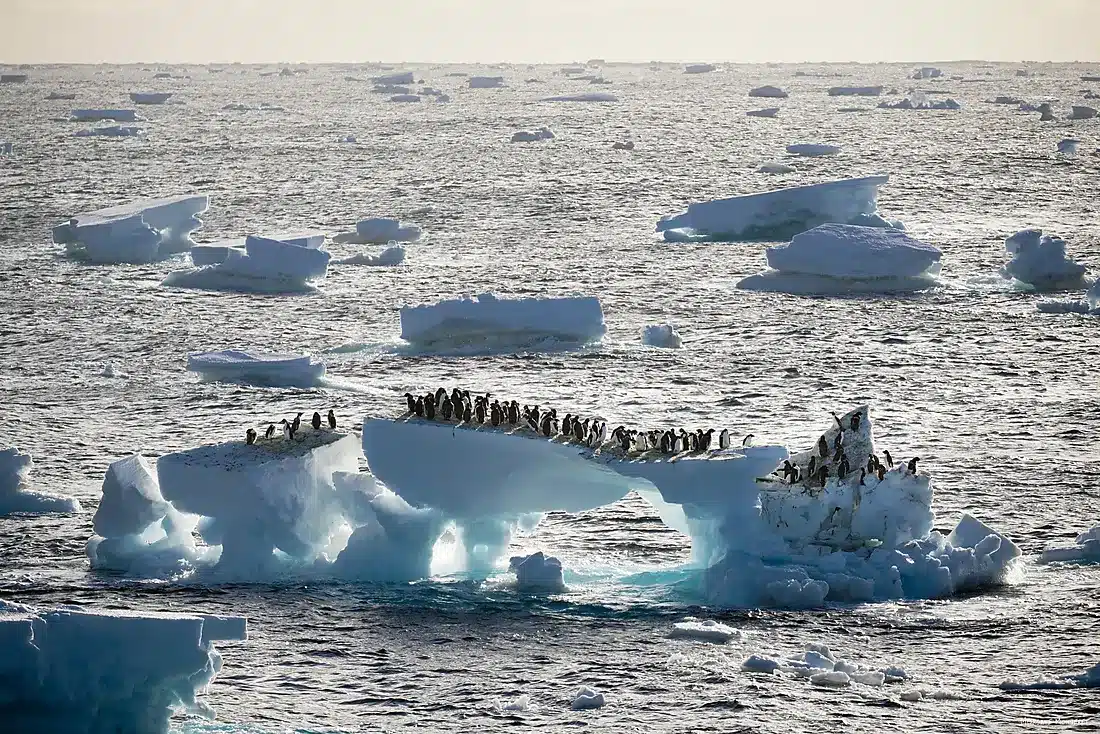
Now you’re preparing for your next big adventure with PONANT EXPLORATIONS: Transarctic – The Quest for the Two North Poles. What are you hoping to uncover during this expedition?
This one’s incredibly exciting. We’ll be traveling through Svalbard and up to the North Pole, regions where I’ve worked before, but never in this continuous route across the Arctic Ocean. The timing is key: September is when Arctic sea ice is at its lowest, which will allow us to make the passage.
My main focus will again be on LAPs and microplastics. We suspect the Arctic, being closer to major population centers, may show even more evidence of pollution than Antarctica. I’ll be using sensors to monitor air quality and particle levels throughout the journey and documenting how conditions compare to past years.
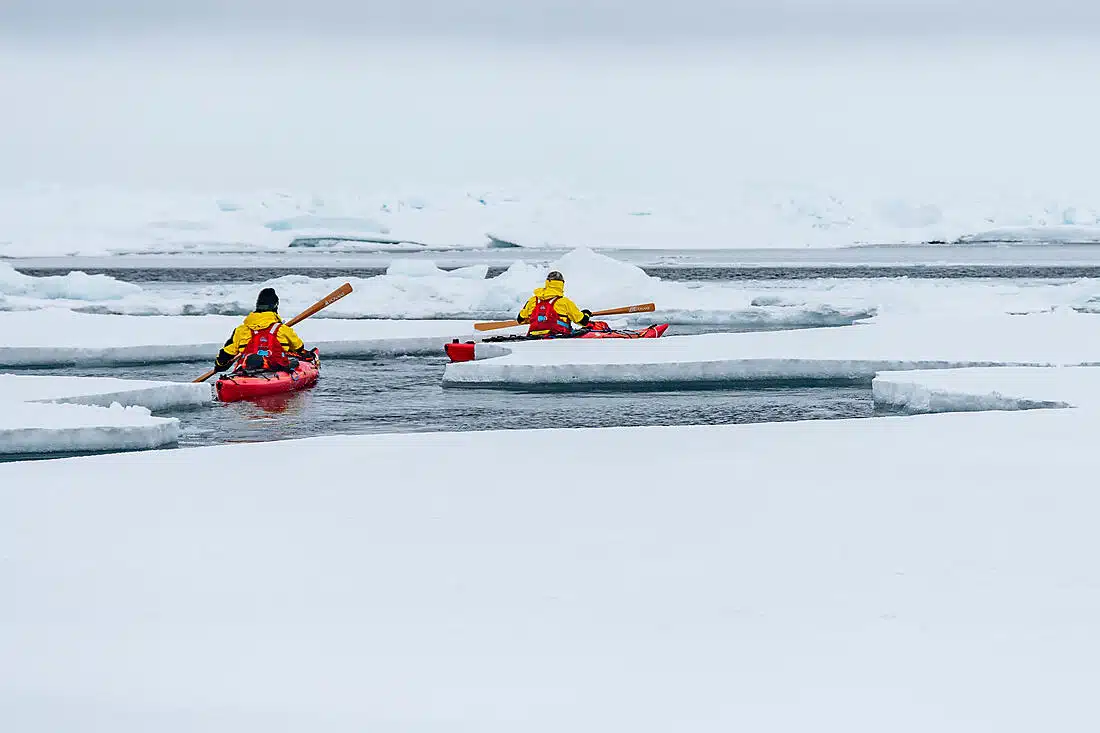
You’re also collaborating with a school in Alaska on this expedition. Can you tell us more about that partnership?
Yes! One of the most meaningful parts of this journey will be working with high school students in Shishmaref, Alaska. As part of my NASA-funded grant, we’re teaming up to study pollution. Before I even arrive, we’ll be connecting online so students can follow along with our live data – satellite readings, pollution tracking, and onboard workshops. After the trip, I’ll visit the school to dive deeper into the findings with them.
It’s a full-circle moment: bringing polar science to the people who live in these vulnerable environments and helping them build their own data and understanding. For many of these students, it will be their first exposure to field science, and I hope it sparks something lasting.
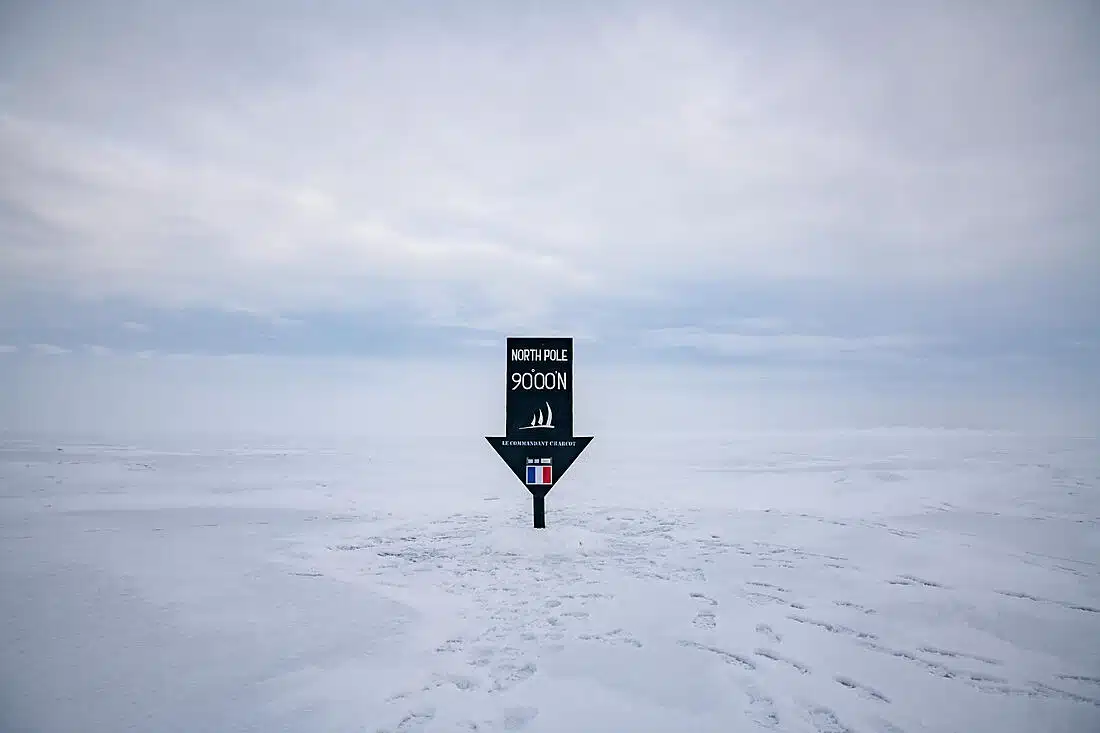
Finally, what keeps drawing you back to the polar regions – and to PONANT EXPLORATIONS?
The polar regions are poetry. There’s this ethereal light that you just can’t describe until you see it. I like to go out on deck, put in my earbuds, and listen to classical music while watching the sea and ice stretch out in every direction. In those moments, I think about what the world looked like before we arrived – and what we still have the chance to preserve.
PONANT EXPLORATIONS makes those moments possible – not just for me, but for every guest who comes aboard. They support science, foster meaningful connections, and treat these places with the reverence they deserve. That’s the model I want to be a part of. One that blends curiosity, care, and collective action.

